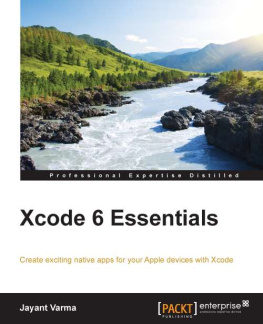1. Transportation Industry Overview: 3PL Perspective
In this chapter, we will discuss the following:
A few decades ago, it was normal practice for freight owners (manufacturers/shippers) to deliver their products to wholesalers and retailers using their own in-house fleet of vehicles. Often, products did not reach customers on time, owing to the unavailability of these vehicles, resulting in loss of opportunity and revenue, not to mention customer dissatisfaction. When manufacturers/shippers started selling their goods internationally, this issue became more serious. During this time, many organizations engaged local road carriers owning one or two trucks/trailers to supplement the work of their fleet. They discovered that such outsourcing was cost-effective and flexible and allowed them to be free of capital investment and the hassle of maintaining aging assets. Soon, using hired or contracted vehicles became a universally accepted method of inland transport. Furthermore, freight owners instituted use of long-term contracts with these types of carriers to avoid any uncertainty regarding services and transportation costs. Carriers owning one or two vehicles increased their fleet sizes and introduced different vehicle types to qualify for these long-term contracts that awarded them a committed volume of business.
As international trade flourished, products began crossing borders. Manufacturers/shippers recruited professionals with import/export and international ocean and airfreight-forwarding experience to manage the movement of their products. To obtain customs clearance, contact and book carriers, provide documentation, and handle the various legal aspects of international shipping, a team of tens to hundreds was required, depending on the size of the business and the location and nature of the freight. Yet, setting up transportation on other continents remained a major challenge. The unpredictable increase in business on some trade lanes and the laws of the importing country added to the complexity of the transportation business.
Globalization forced manufacturers/shippers and retailers to produce products that were cost-effective but high quality. Many well-known and established brands were being challenged by new brands in terms of lower customer prices because the new brands had operation costs comparatively lower than those of their competitors. All aspects of cost contribution that were increasing expenditures in the supply chain were analyzed. Extended supply chains, reduced inventories, shortened product life cycles, and increased freight cost and handling charges were a few factors leading to an increase in the cost of supply chain operations. Outsourced logistics was a new idea that emerged during this time. Manufacturers/shippers started focusing on their core areas, while transferring logistics functions to outsourced 3PLs.
As 3PLs took on these new clients, the greater freight and handling costs compelled the 3PLs to venture into organizing transportation activities, such as:
Consolidation of small freight with freight from other manufacturers/shippers to build volume and thereby get better rates from air and ocean carriers
Customs clearance
Rate negotiation with inland carriers
Carrying out part of the documentation
Arranging for temporary storage of freight
Initially, manufacturers/shippers watchfully assigned 3PLs a relatively limited number of services, such as transportation needs and managing warehouses, but subsequently started employing 3PLs to do more. In this way, 3PLs gained experience and expertise in delivering core and associated services, thereby gaining customers confidence.
Manufacturers/shippers that chose not to use 3PLs at that time did so for the following reasons:
Logistics operation requires core competency and hence cannot be outsourced; furthermore, meeting level of service was perceived as a risk.
Outsourcing was not seen as cost saving.
Logistics experts in their organization did not want to lose their importance and control.
Difficulty of integrating the organizations Internet technology (IT) systems with those of the 3PL.
Freight security was their concern.
Inhibition of relationships with 3PLs.
Insufficient geographical coverage of 3PLs.
Bitter experience in the past.
During the initial phases, 3PLs offered a maximum of two types of service, such that the manufacturer/shipper might get only trucking, only customs clearance, or only warehousing and rate negotiation with carriers. Geographical coverage was also limited. 3PLs were mostly local, proprietary firms with small teams. However, the demands of the manufacturing/shipping community and growing world trade soon created longer and more complex supply chains and their associated logistics processes. To address this demand, 3PLs began to partner with other logistics companies in different countries, with specialization and expertise. These arrangements gave the 3PLs time to establish themselves. However, differences in culture, level of development, and technology were major impediments in such relationships. 3PL industry leaders started phasing out these business relationships by opening their own offices in some countries. Moreover, increasingly global manufacturers/shippers wanted a single point of contact for their outsourced logistics. Large and global manufacturers/shippers were often looking for large, financially stable 3PLs that could provide all services and wider geographic coverage. Geographic and portfolio expansion, therefore, remained a priority for 3PLs. Large 3PLs began exploring opportunities to acquire partners where the 3PLs did not have a presence. The period 19962006 witnessed major acquisitions and mergers.
After a set of initial hiccups, parent 3PLs and acquired 3PLs started working together as a single company. Standardizing the process across the organization would remain a major challenge for many years. Business-process mapping, analysis, and automation helped achieve some movement toward standardization. Training helped standardize organizations further. Incorporating local requirements and ways of working into standard, global processes was a Herculean task. Today, most leading 3PLs have documentation regarding their processes. However, technology consolidation has continued to be a major problem area. 3PLs use different applications, most of which are homegrown. These applications not only have scalability and integration issues, but also are functionally poor. 3PLs are working on rationalizing their technology landscape to reduce the gap in IT expectation experienced by their customers, something that is being discussed in every logistics forum. Some 3PLs are looking at their technology landscape holistically, but in most cases, it is still project focused and more tactical. Manufacturers/Shippers want 3PLs to offer comprehensive and easily integrated solutions; to do so, 3PLs need to have a clearer picture of the manufacturer/shipper supply chain. A collaborative approach between manufacturer/shipper and 3PL remains the only way to improve manufacturer/shipper satisfaction with the 3PLs IT capabilities and the relationship between manufacturer/shipper and 3PL. Today, most manufacturers/shippers believe that their 3PLs should have the following execution-oriented enablers and tools:

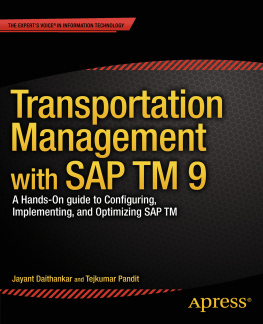
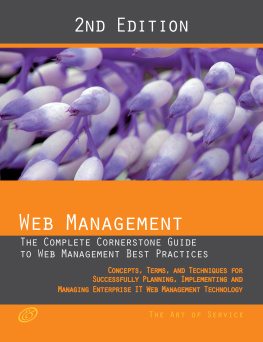

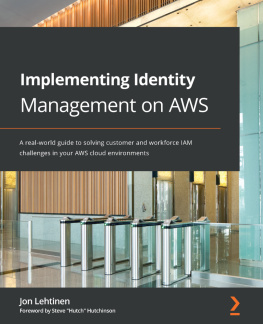
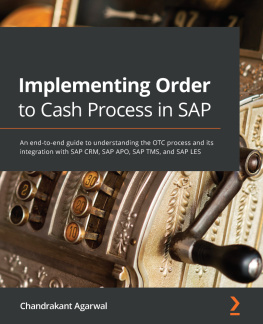

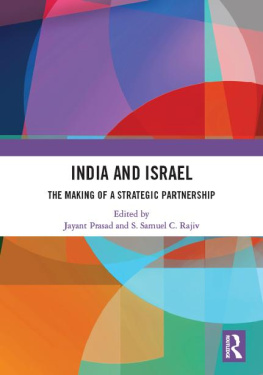

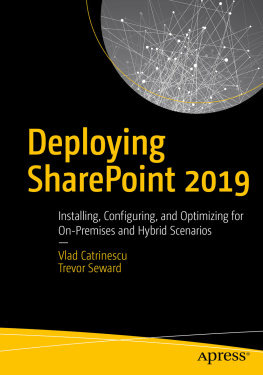
![Jayant Varma [Jayant Varma] - Learn Lua for iOS Game Development](/uploads/posts/book/124117/thumbs/jayant-varma-jayant-varma-learn-lua-for-ios.jpg)
